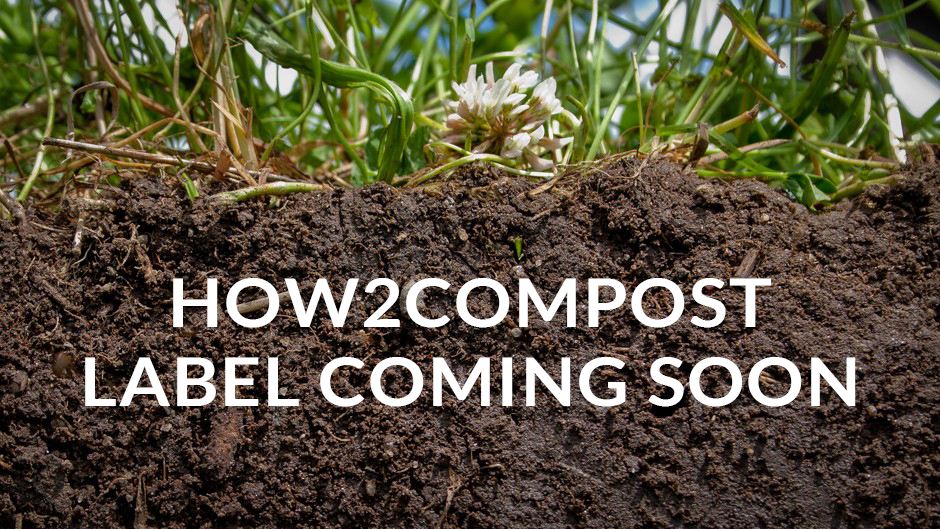While consumer interest in composting is on the rise, composting is still relatively new to Americans.
Contamination is currently one of the most vexing problems with collection, causing what looks like a trend in compostable foodservice-ware refusal by composters. Composting was a hot topic at SustPack 2016. During the conference, composting was identified as one of the biggest up-and-coming areas of sustainability that brands and manufacturers were interested in exploring.
GreenBlue’s Sustainable Packaging Coalition (SPC) is excited to begin work in this area and to make composting packaging easier for consumers. Our new How2Compost Label is an extension of the highly successful How2Recycle program and the BPI composting certification program. It is an on-package label that lets the public know that their packaging is certified compostable. The label will include the BPI logo, specific qualification language and instructions regarding industrial composting, and will include helpful a helpful website address for further information. Where appropriate, it also includes a statement that the packaging is “not yet recyclable.”
One of the main goals of How2Compost is to help educate those needing to source-separate food scraps and compostable packaging, to help combat this trend. The second goal of How2Compost is to elevate the use and understanding of the BPI logo that denotes certified compostable packaging.
Supporters of the How2Compost Label include Natureworks, Innovia Films, Eco-Products, Tipa, among others. Companies can become members of How2Compost only, or be members of both How2Recycle and How2Compost. In addition to growing awareness and clarifying which packages are compostable, one additional benefit on How2Compost is its integration with How2Recycle.
For example:
- In many cases, a compostable package is Not Yet Recyclable, and the label will include that qualifier.
- In other cases particularly with fiber-based packaging, a package isn’t recyclable if it’s too food-soiled, in which case composting is a better option. A version of the label will address this using the helpful message tab.
- Some compostable packages come in a recyclable bag or box, and using How2Compost with How2Recycle will make it clear what to do with each component.

In the March Packaging Digest article “Compostable’ packaging claim doesn’t wow most brand owners the writer said: “Perhaps the backyard versus commercial compost environment plus the lack of infrastructure for compostable collections on top of the education lag for consumers is relegating compostable packaging to niche markets such as foodservice where food contamination becomes a moot point.”
All of the assertions above are true, which makes it even more imperative that harmonization of labeling, coupled with thoughtful education and outreach, happen before infrastructure becomes widespread. Indeed, we have an opportunity to prevent many of the problems within the current recycling structure from a more collaborative approach.
Composting itself is a unique end-of-use option for packaging because of its multitude of benefits and connection to sustainable agriculture:
- Compost is a valuable product that enriches soil health, including drainage and aeration.
- Food scraps breaking down in a landfill cause methane release, contributing to climate change; composting offsets this outcome.
- Waste diversion extends the life of landfills and avoids long-term disposal costs.
GreenBlue has also formed a working group, the Composting Collaborative, to synergize current efforts as they relate composting as part of food waste reduction, landfill diversion, and soil health.
You will find more information about the How2Recycle Label and related efforts on the how2compost.info website in the coming months. Please contact Anne Bedarf at [email protected] for more information or to get involved.


